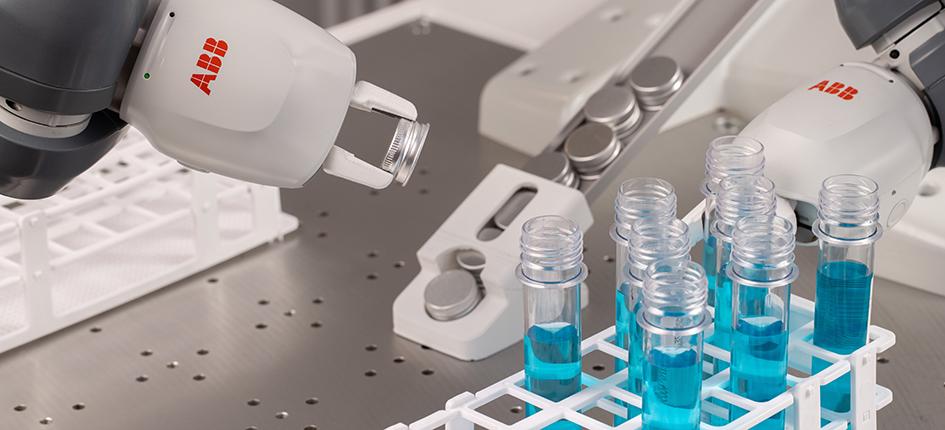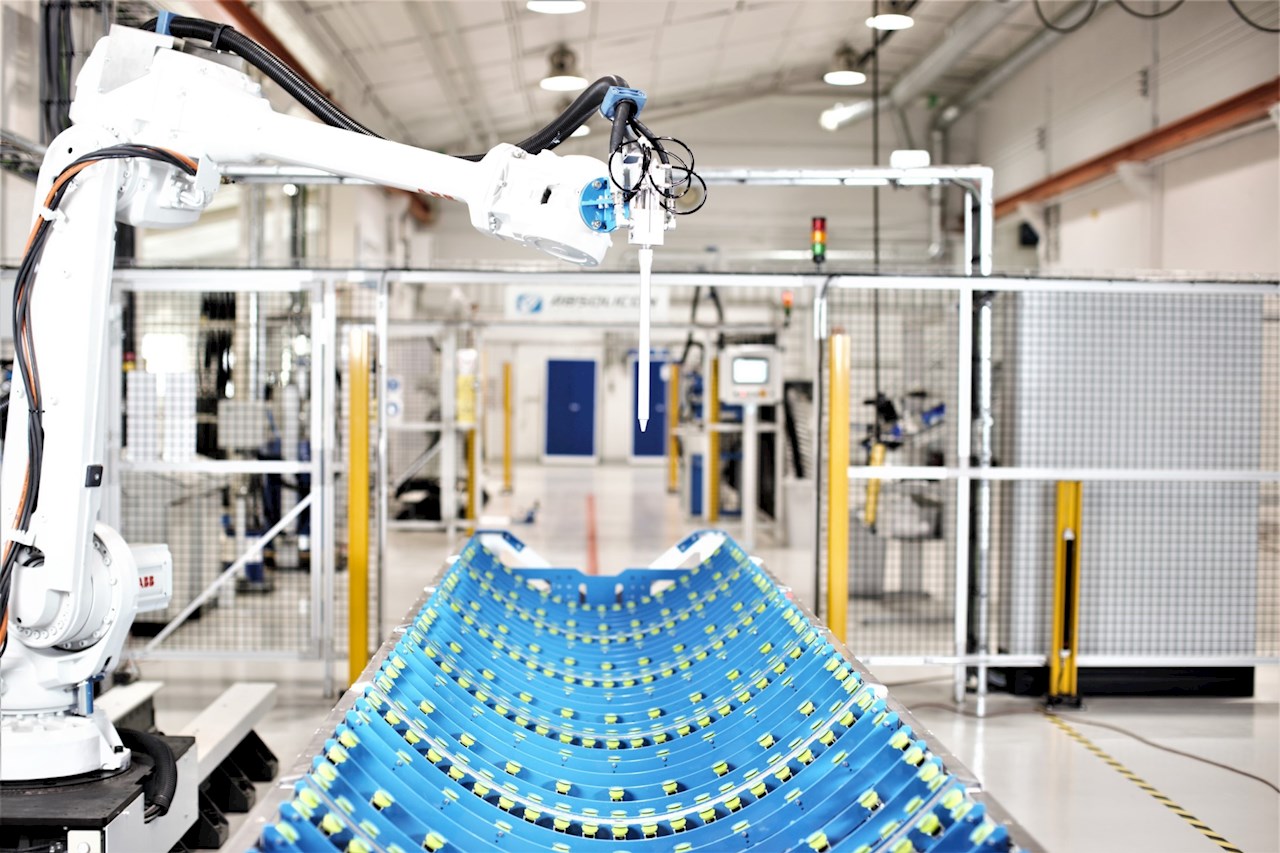Whenever we think of robots, we think of hunks of metal. Robots definitely changed the way we do things in fields such as manufacturing and even healthcare. However, recent developments in robotics show that soft, rubbery robots will let us take the next big leap.
:format(webp)/cdn.vox-cdn.com/uploads/chorus_image/image/57759239/red_arm.0.jpg)
Why go soft?
While metallic robots are reliable in doing repetitive tasks and streamlining industrial processes, there are some things that they just can’t do. Soft robots offer another wide domain of applications to fill in the gaps that their metal counterparts couldn’t.

Some interesting applications of soft robots include:
- A soft robot sleeve that will regularly squeeze the heart in case of a heart failure.
- A vine-like robot useful for search operations and medical applications.
- Edible robots for the transport of medicine to particular sites in the body
- Robot muscles which can lift objects 1,000 times of their weight.
- Gel robots which can be used to transport fish safely.
The challenge
Some applications of soft robots require that they are stiff enough to hold their form. This is especially true when soft robots are used to grip on things. Due to some recent developments, we are few steps ahead in solving this problem.
Recently, researchers from North Carolina University and Elon University have created a method that allows them to:
- remotely control the movement of the robots,
- reconfigure them into various shapes,
- Lock the shapes in position for as long as they are needed to
These soft robots the researchers created can be configured by using LED and magnets.
Shapeshifter
In order to make this possible, the robots were created from polymer embedded with tiny piece of iron, making them magnetic. A magnetic field is then used to maneuver the robot.
At the same time, the material used for these robots soften when exposed to LED lights. In this state, the robots can be reconfigured to the desired shape. When the shape needed is attained, the LED light is taken away to fix the robot in that position.

So far, the robots can be reconfigured as “grabbers,” for lifting and moving objects and “flowers,” for folding and bending.
The researchers are exploring how the materials can be tweaked so that they would respond in a specific manner for a specific temperature. By being able to do this, the versatility of the robot is further amplified.
Once this technology is perfected, these soft robots can greatly contribute to biomedical and aerospace applications.





